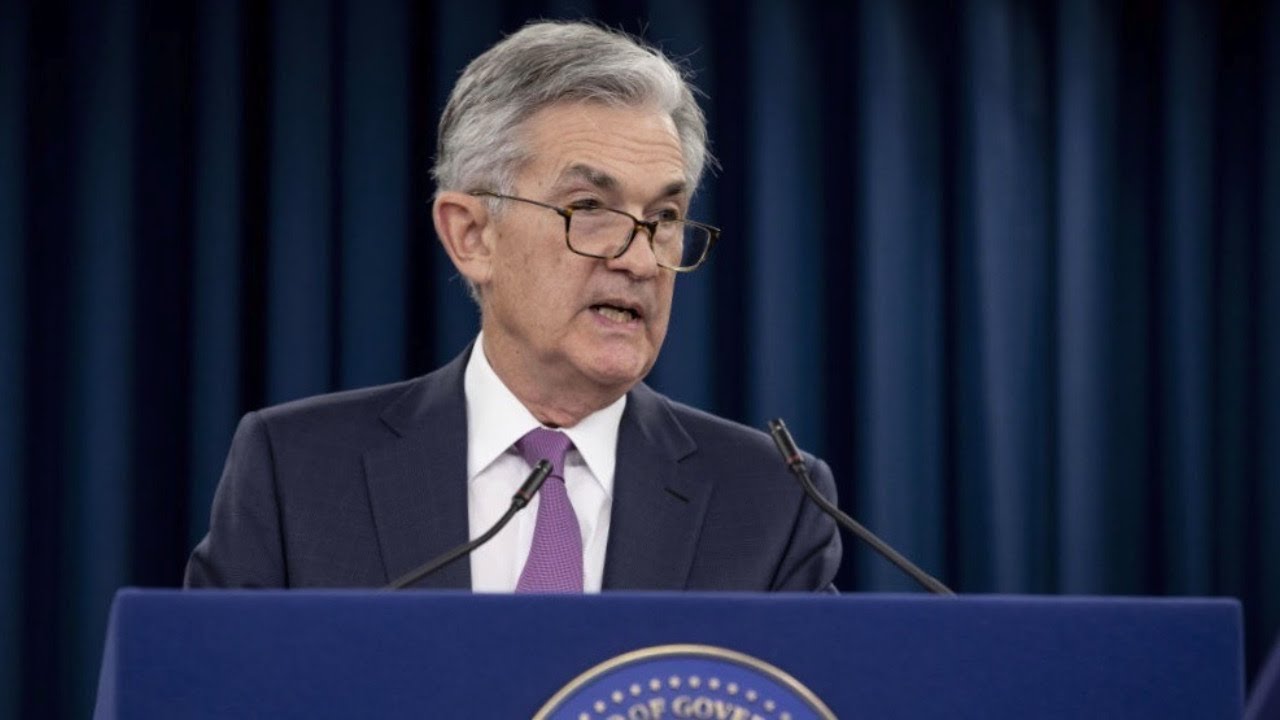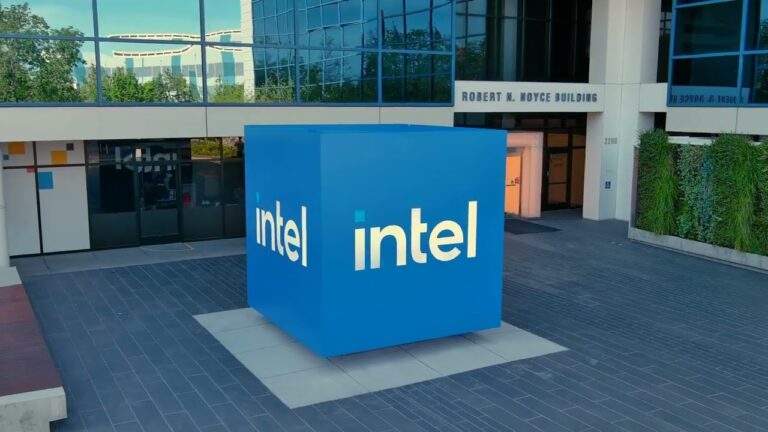In August this year, the core inflation level in the U.S. increased during the month by 0.28%. There has been a slight increase in the three-month trend, although the level of inflation is compared to that of the previous year is less. And when analyzing the components of the index from the component breakdown, it appears to also be mixed.
Core goods were down in month-over-month terms, falling by -0.2% from last month. Imported vehicles also fared poor with a drop in prices as used car and trucks prices dropped thus resulting into a reduction in the rate of inflation. In addition to that, other household items, prescribed medicines, nonalcoholic beverages and gels, etc selective also had decline in prices. On a year-on-year basis, core goods were down 1.9% in July which was the largest fall since 2004 nearly coming into level with last month’s 20 years low.
Core Services and Housing Trends
In contrast, core services, excluding rents and owner’s equivalent rents, rose by 0.33% month on month, owing mainly to a 3.9% jump in airfares including other transportation and lodging with the latter increasing by 2%. Analysts, however, warn that this increase is likely to be of short duration more so with the oil price trends that are likely to undo some of the gains in the near future.
The housing sector also showed a combination of results amongst the various geographical markets. The owner equivalent rent index rose by 0.49% which represents the highest point since January. However, the growth of primary residence rent slowed down to 0.37%, which suggests that these two linked variables may be due for a change.
In spite of these increases, average inflation is projected to witness a moderate core scenario further disinflation especially given the level of relief that energy prices are expected to give. Analysts now direct their attention to the Federal Reserve as some interest rate cuts are anticipated. This, it is general opinion, will be a series of cuts amounting to which will be 200 basis points in the period of the next twelve months.
“While headline inflation came as the lower bound of estimates, this isn’t the CPI report the market has been waiting for. After all, given that core inflation came in above expected levels, this renders simple the Federal Reserve plans of cutting interest rates by 50 basis points,” Seema Shah, Principal Asset Management’s chief global strategist was quoted by CNBC.
The most current picture, however, calls for special emphasis on the member’s effectiveness since the labor market is also in focus and the U.S. Employment Situation Report that has just been released states that close to 140,000 jobs were added in the month of tightness in August, that was a bit less than expected. The unemployment rate moved slightly down to 4.2% in comparison to July’s 4.3 room percent.
In the context of financial markets, the first wave of reactions to the inflation report was of disappointment, with stock prices falling and treasury yields demonstrating different dynamics. However, turning points appeared throughout the day and all day ended positive.
With regards the next Federal Open Market Committee meeting that is set to close on September 18, the European traders in the fed funds futures market are factoring in the Fed Watch tool of the CME Group of about 85 percent probability of a 25 basis cut in the federal interest rate.
Shah stated, “The number is certainly not an obstacle to policy action next week, but the hawks on the committee will likely seize on today’s CPI report as evidence that the last mile of inflation needs to be handled with care and caution – with a significant incentive to go up but rather sit on a 25 basis points cut.”
As the fed considers its next step, it does not only want to tame inflation but also intends to protect a weakening labor market in order to prevent a wider economic more decline.




+ There are no comments
Add yours